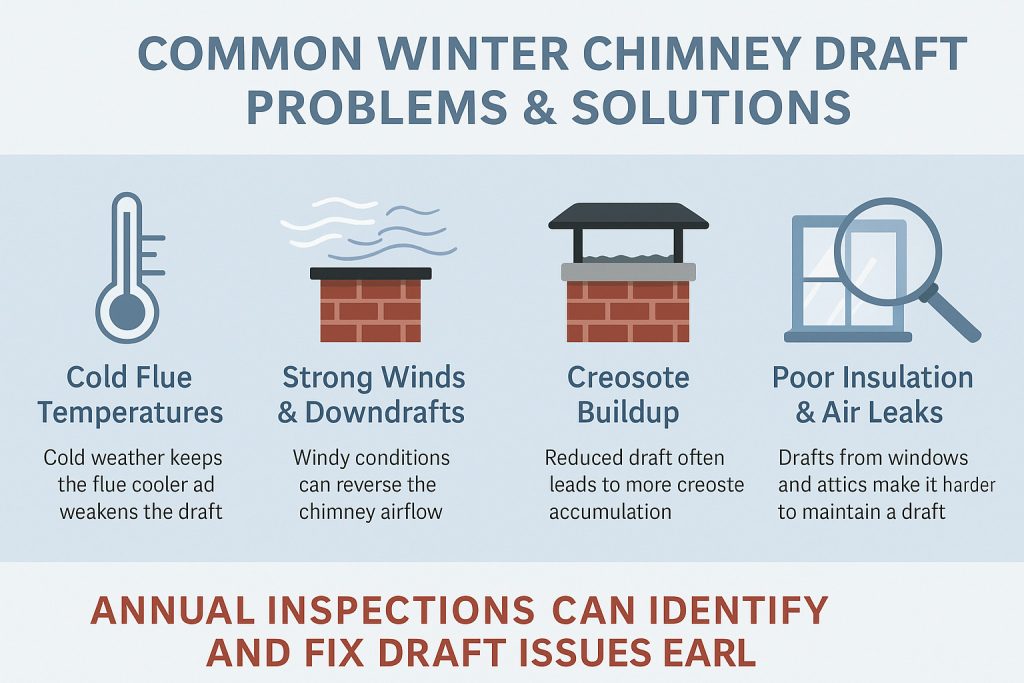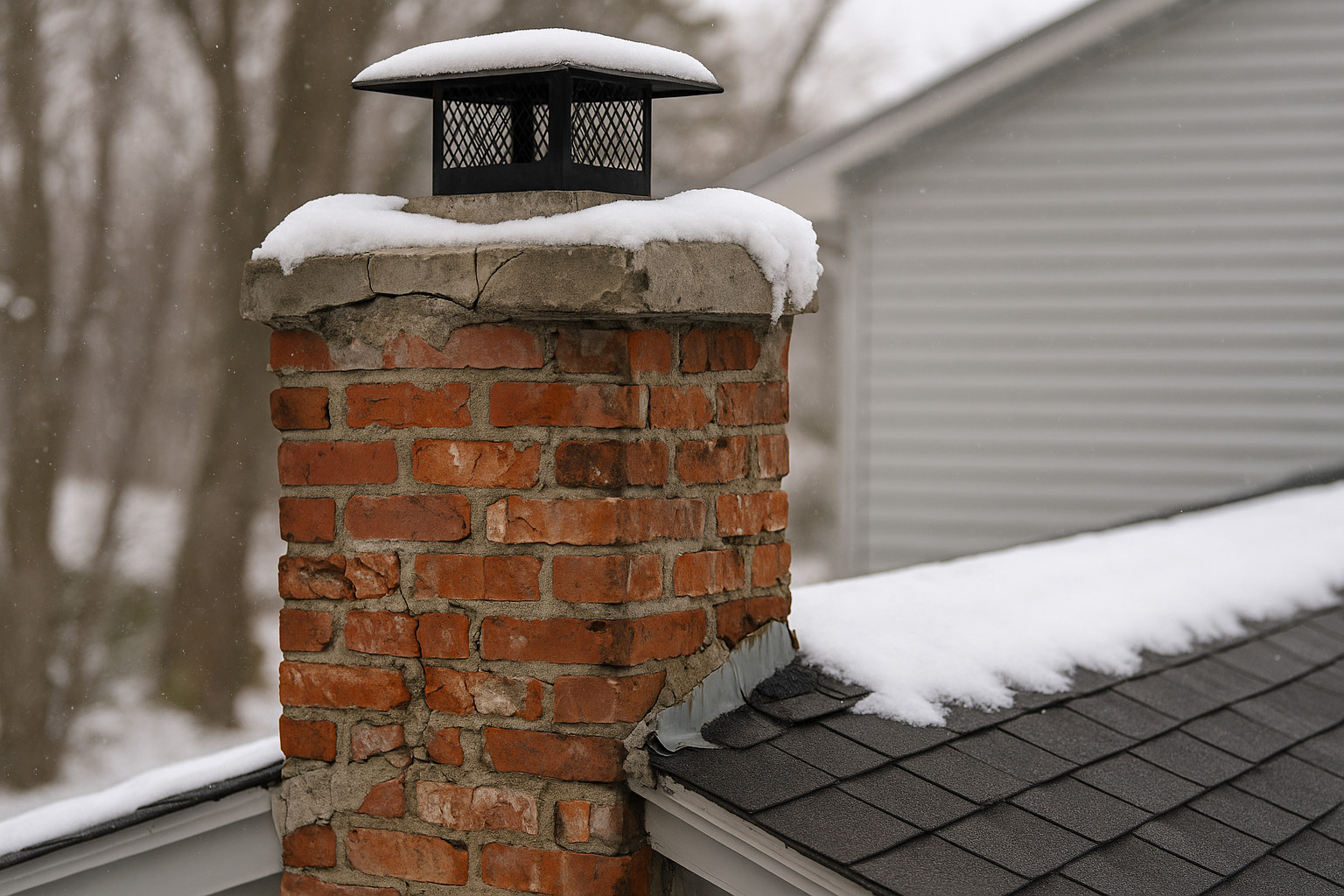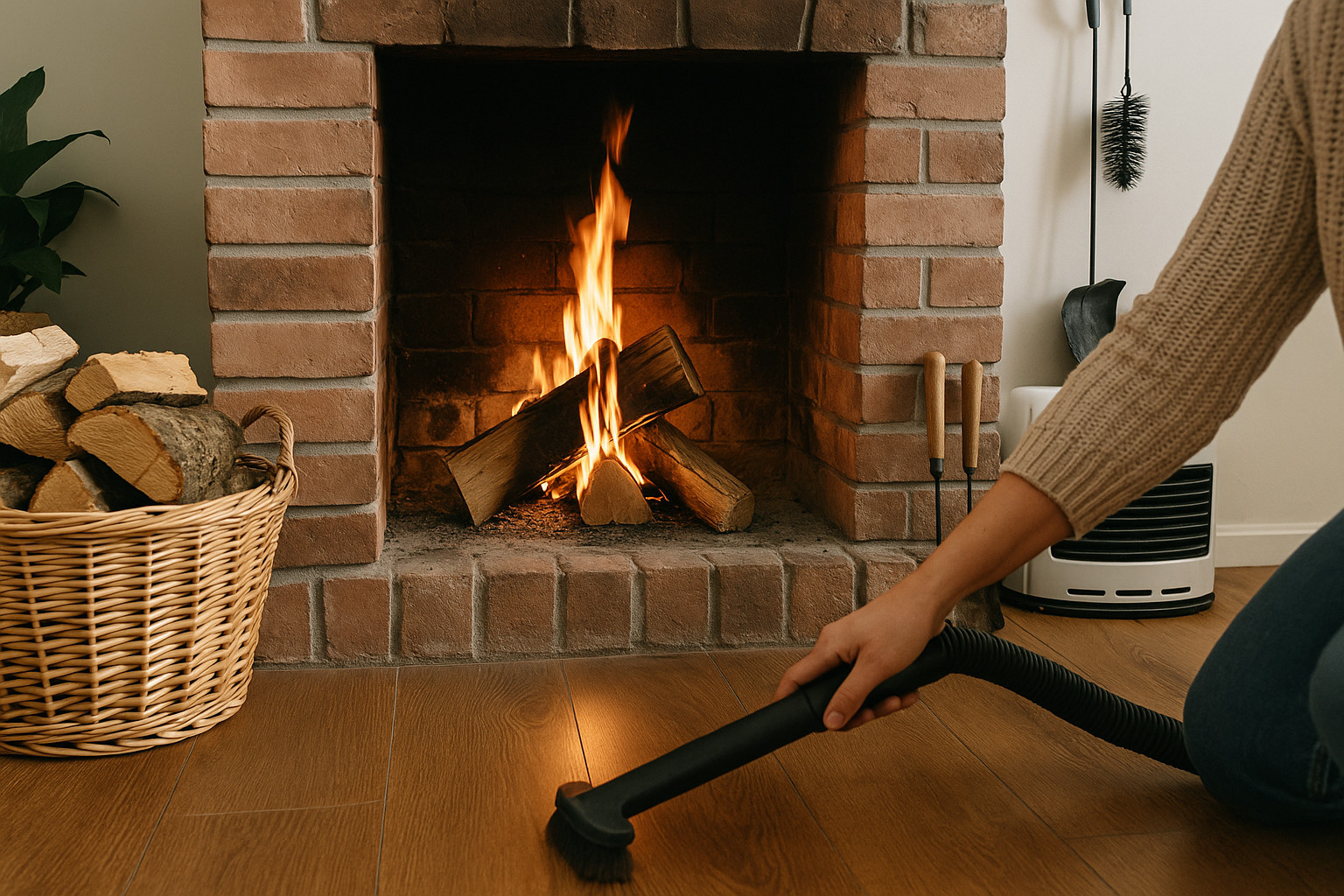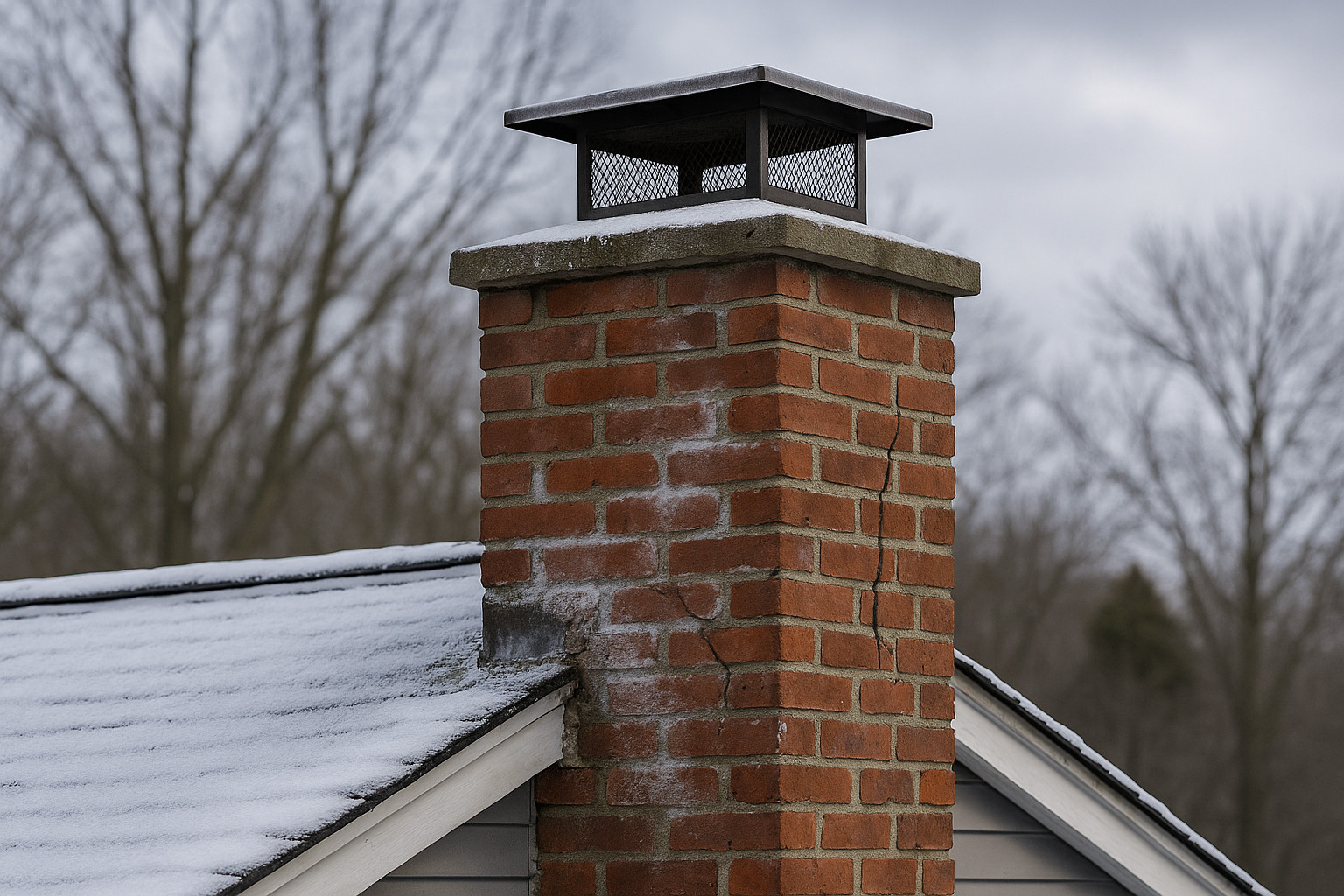Why Draft Problems Are More Common in Cold Weather
When freezing temperatures hit, your chimney can struggle to draft properly. Understanding how cold weather affects airflow helps prevent smoke backdrafts, energy loss, and safety hazards — keeping your home comfortable and efficient all winter long.
Share:
Table of Contents
It’s the middle of January, the temperature has dipped below freezing, and you’re ready to enjoy a cozy fire. But instead of smoke drifting harmlessly up the chimney, it creeps back into your living room. For many homeowners across Nassau County, Suffolk, and Fairfield, this scenario is all too familiar. Cold weather magnifies draft problems in both chimneys and homes, creating not only discomfort but also potential safety hazards.
Understanding why draft issues are more common in the winter season can help you keep your home safe, warm, and energy efficient.
What Is a Chimney Draft?
A chimney draft is the upward flow of air and smoke from the fireplace, driven by differences in air temperature and pressure. In simple terms, warm air inside your chimney rises and draws combustion byproducts out of your home. When conditions are right, this system works seamlessly.
But in colder weather, the chimney flue stays colder longer, which weakens the draft. Add in factors like strong winds, air leaks, or poor ventilation, and you’ve got the perfect recipe for smoke backdrafts, creosote buildup, and even increased risk of chimney fires.
Impact of Cold Weather on Chimney Drafting
Cold Flue Temperatures
In the winter season, masonry chimneys retain icy air. When you light a fire, the rising smoke cools too quickly and loses upward momentum. This is why many homeowners notice smoke lingering or spilling back into the room during the coldest weather.
Strong Winds and Barometric Pressure
Prevailing winds or sudden gusts push air downward, creating downdrafts. Storms, gale-force winds, or shifts in barometric pressure affect chimney performance. Chimney caps with wind baffles are often installed to counteract these adverse weather conditions.
Causes and Risks of Creosote Buildup
When a chimney struggles to draft properly in cold weather, incomplete combustion leaves behind more creosote. Over time, this sticky residue builds up inside the flue lining and becomes a serious fire hazard.

Window and Door Drafts in Cold Weather
Draft problems aren’t limited to chimneys. Drafty windows and air leaks are another winter frustration. Walking past a window and feeling a sudden chill means warm air is escaping, and cold air is creeping in.
Common causes include:
- Aging wooden frames that no longer seal tightly.
- Vinyl frames with gaps from wear and tear.
- Improper window installation or damaged weather strips.
- Lack of insulation around the window frame.
Modern options like double-paned argon gas-filled windows with low-E treatment significantly reduce energy losses. In existing homes, adding rope caulk, spray foam insulation, or new weather stripping can make a huge difference.
Effects on Energy Efficiency and Comfort
Cold weather drafts, whether from chimneys or windows, affect more than comfort:
- Increased heating costs: Drafts make your HVAC system or heating system work overtime.
- Reduced indoor comfort: Even with the thermostat up, rooms feel cold and unevenly heated.
- Property value impact: Homes with visible draft issues may lose appeal to buyers.
A facilities manager oversees many properties. They confirm that poor chimney performance, drafty windows, and not enough insulation cause wasted energy and high electricity costs.
Identifying Draft Problems
You can usually identify draft issues through simple checks:
- Chimneys: Look for smoke backdrafts, creosote odor, or difficulty starting fires. A chimney inspection will uncover cracks in chimney materials, damaged chimney dampers, or obstructions in the chimney stack.
- Windows: Hold a candle or incense stick near the window frame. If the flame flickers or smoke moves, there’s an air leak.
- Doors and Attics: Cold air around entryways or attic hatches often signals poor insulation and uncontrolled airflow.
Solutions to Combat Drafts in the Winter Season
For Chimneys
- Warm the chimney flue before lighting fires.
- Install chimney caps or caps with wind baffles to reduce downdrafts.
- Schedule regular chimney cleanings and inspections to prevent creosote accumulation and maintain structural integrity.
- Consider professional upgrades like chimney liners or exterior fans to improve draft.
For Windows and Doors
- Seal gaps with weather strips or caulk.
- Use insulating curtains to block cold drafts.
- Upgrade to energy-efficient windows if old ones are beyond repair.
These steps reduce energy losses. They improve indoor comfort and protect your home against water damage and winter-related wear.
When to Call a Professional
Draft problems can sometimes be solved with quick fixes, but often they point to deeper issues with chimney structure, ventilation grilles, or overall home efficiency. Certified Chimney offers professional chimney sweep services, chimney inspections, and repair solutions across Long Island, NYC, and Connecticut.
A professional inspection restores proper ventilation. It also lowers the risk of chimney fires, carbon monoxide poisoning, and long-term structural damage.
Final Thoughts
Draft problems are a natural part of living through cold weather conditions, but they don’t have to compromise your comfort or safety. From chimney drafting issues in Huntington to drafty window frames in Stamford, homeowners throughout the region face the same winter challenges.
Staying proactive with regular chimney inspections, professional cleanings, and simple window upgrades will protect your home, improve energy efficiency, and keep your family safe during the coldest months of the year.
For expert chimney service, call Certified Chimney at 877-793-3712 and schedule your inspection today.
Article details:
- Published by:
- Certified Chimney CT
- Published to:
- Last modified:
- November 3, 2025
Share:




